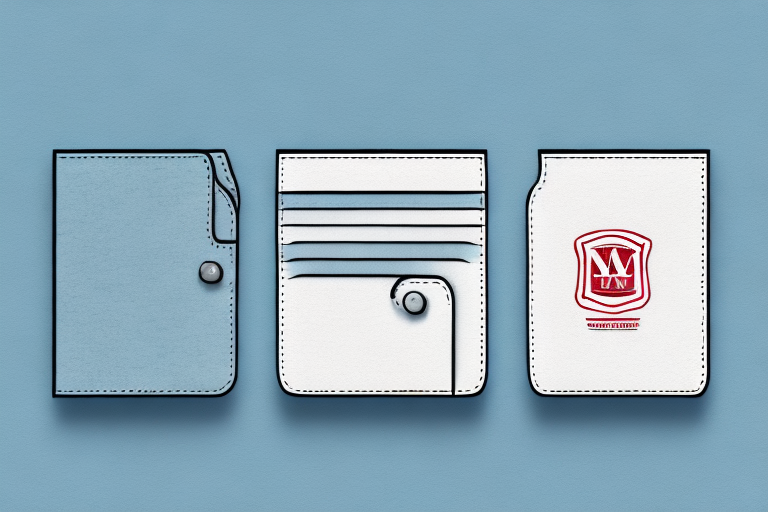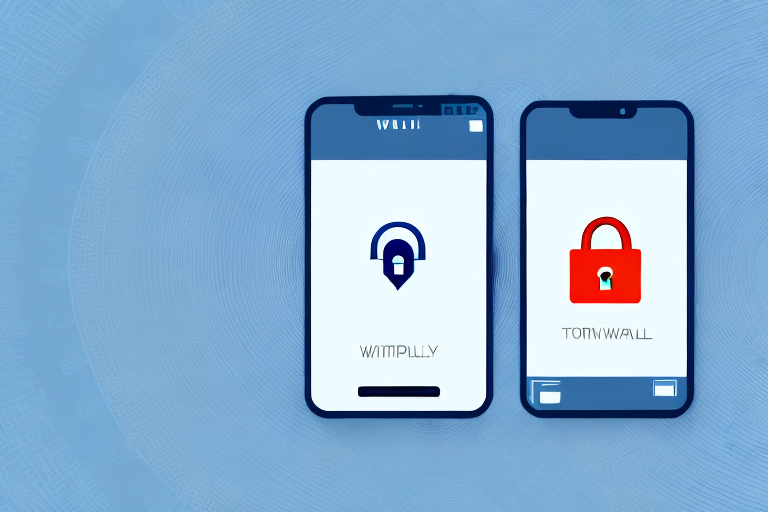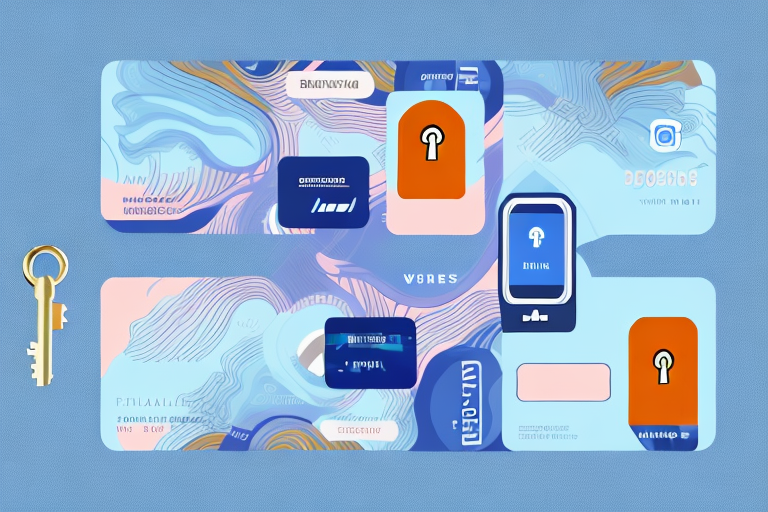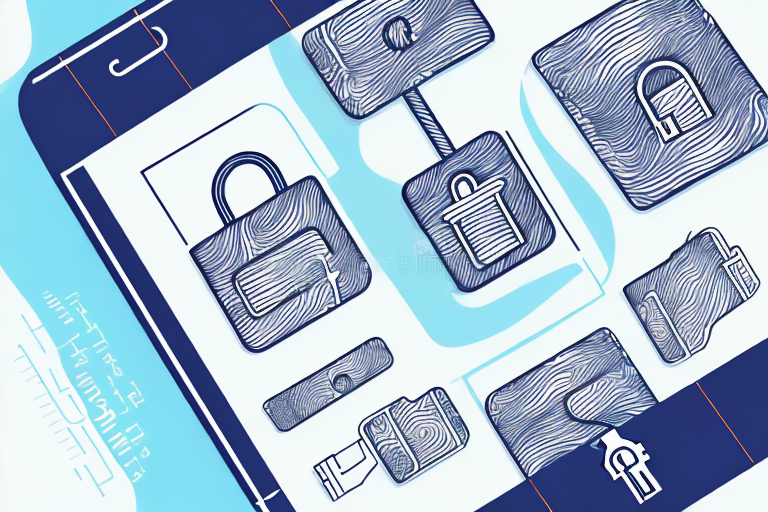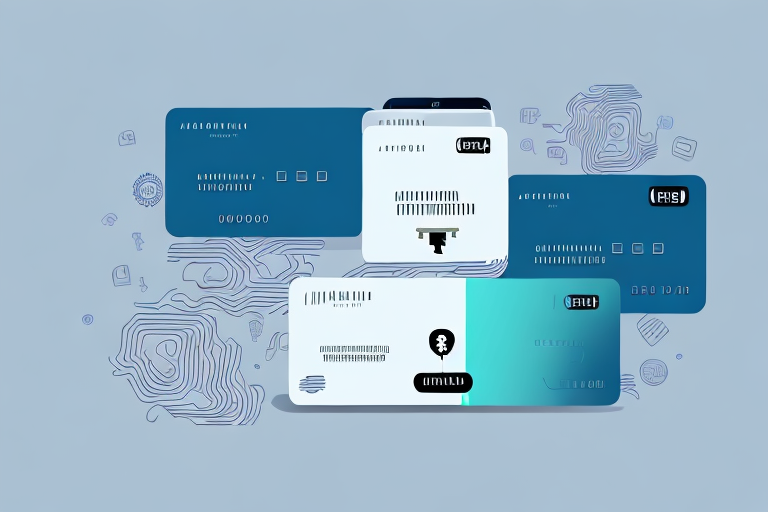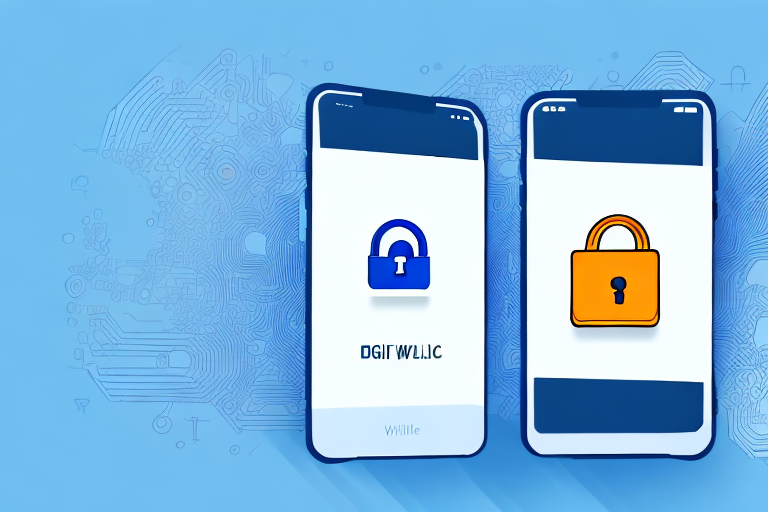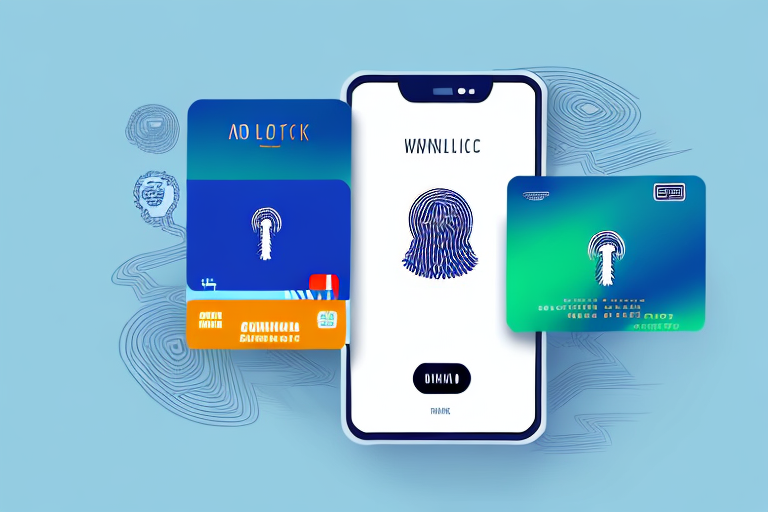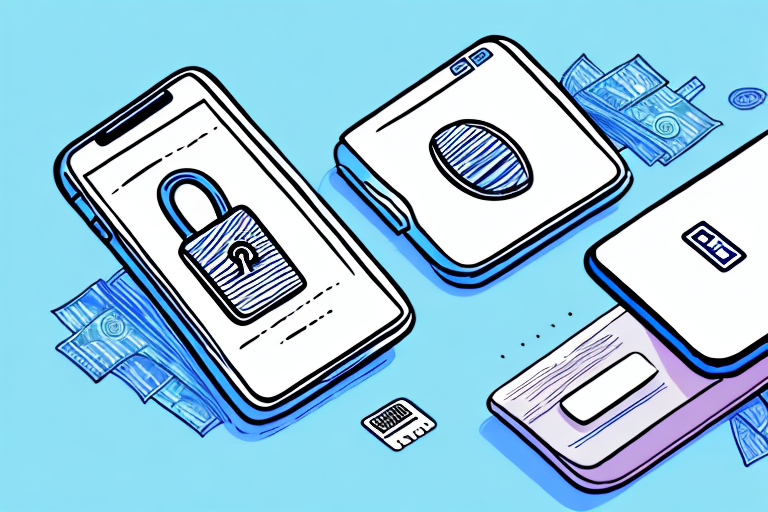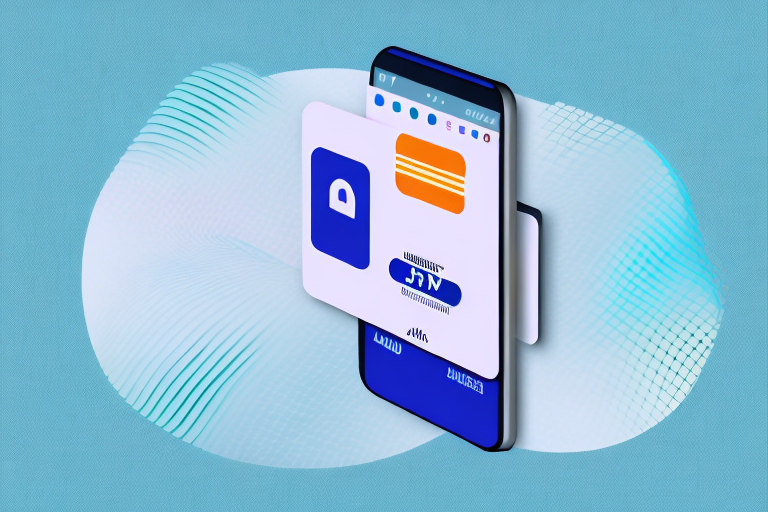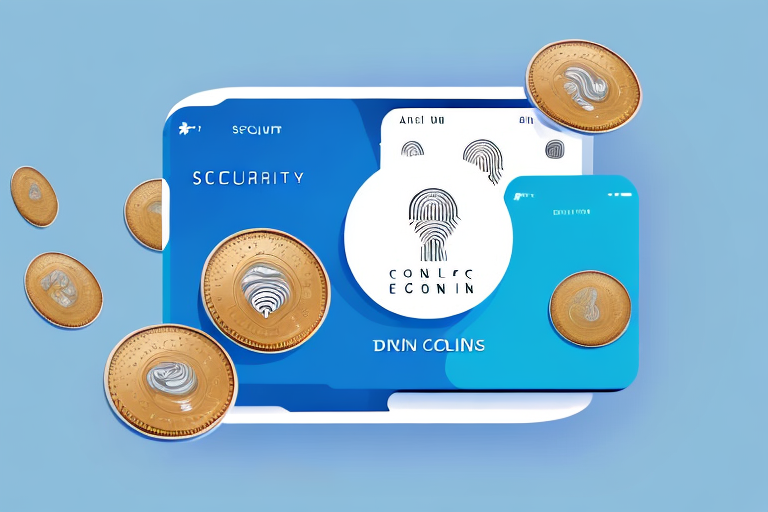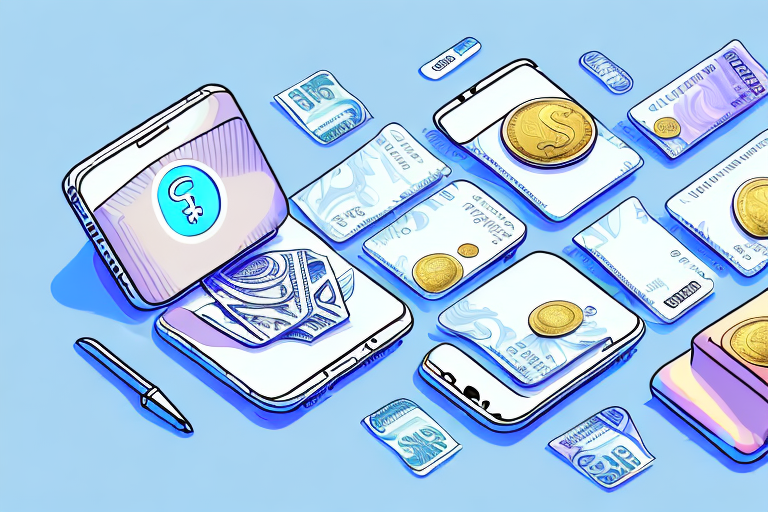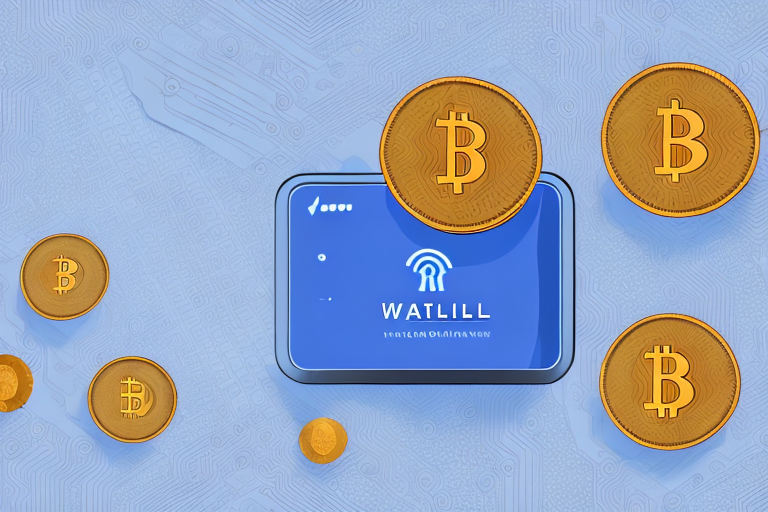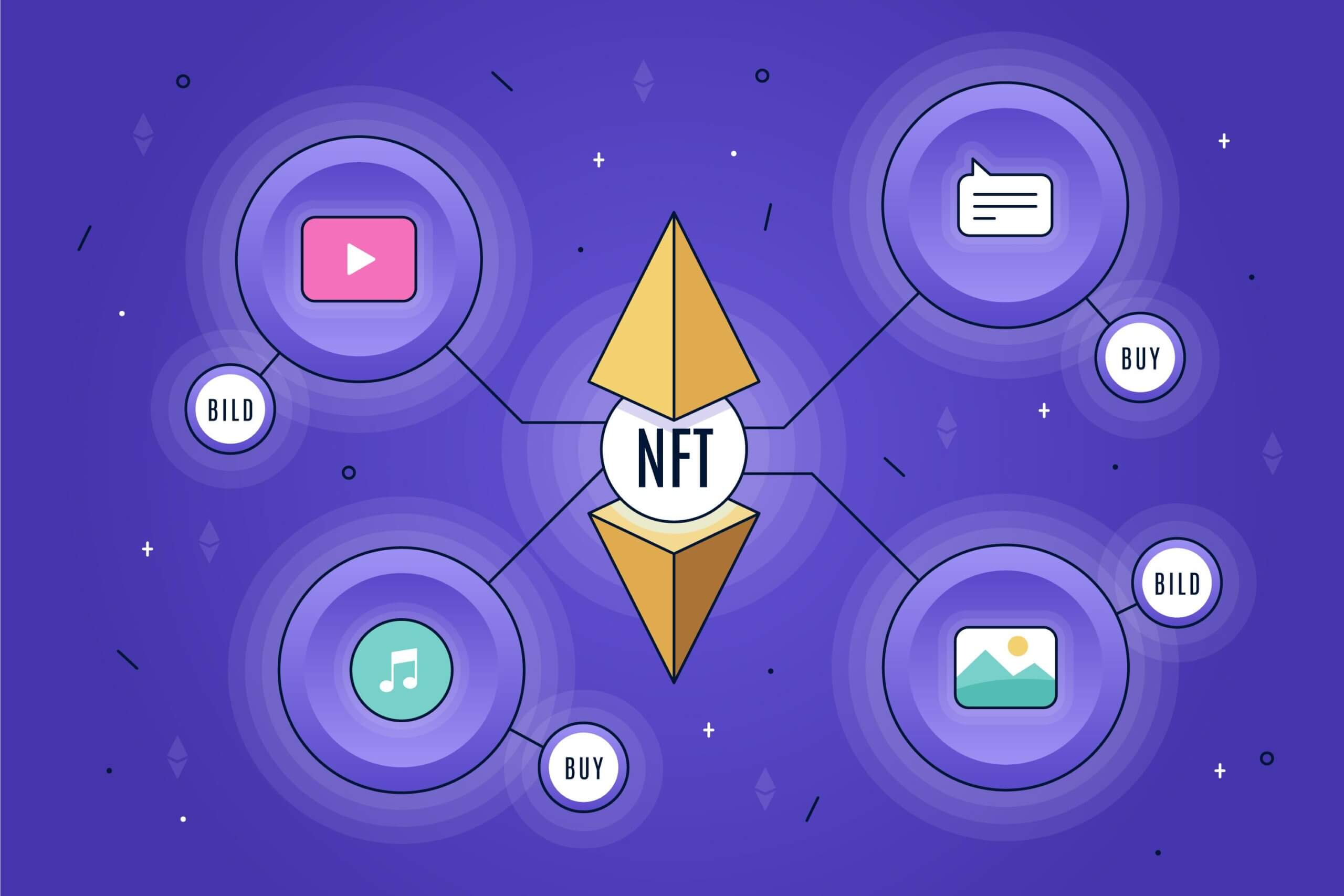In the world of cryptocurrencies, the importance of wallet security can never be overstated. As cryptocurrencies become more popular, so do the threats from hacking and theft. In this article, we’ll be discussing the two main types of cryptocurrency wallets: non-custodial and custodial wallets. By understanding the differences between these two types of wallets, you can make an informed decision about which one best fits your needs.
Understanding Cryptocurrency Wallets
Before we dive deeper into non custodial wallet vs custodial wallet, let’s first understand what a cryptocurrency wallet is.
A cryptocurrency wallet is essentially a software program that stores public and private keys which allow users to send and receive digital currency. While wallets are not physical stores of currency, they serve as the means to access and manage your cryptocurrency holdings.

It is important to note that cryptocurrency wallets do not actually store any currency. Instead, they store the private keys that allow you to access your cryptocurrency holdings on the blockchain. This means that if you lose your private keys, you lose access to your cryptocurrency forever.
Now that we understand the basics of cryptocurrency wallets, let’s take a closer look at the two main types: non-custodial and custodial.
Non-Custodial Wallets
A non-custodial wallet is a type of cryptocurrency wallet that allows users to have complete control over their private keys. This means that the user is responsible for keeping their private keys safe and secure.
Non-custodial wallets are often preferred by those who value privacy and security. Since the user is the only one who has access to their private keys, there is no risk of the wallet provider being hacked or going bankrupt and losing the user’s funds.
Examples of non-custodial wallets include Ledger Nano S, Trezor, and Exodus.
Custodial Wallets
A custodial wallet is a type of cryptocurrency wallet where the private keys are held by a third-party provider. This means that the user is not in complete control of their private keys.
Custodial wallets are often preferred by those who are new to cryptocurrency and may not be comfortable managing their own private keys. Additionally, custodial wallets often have more user-friendly interfaces and offer additional services such as customer support.
However, since the third-party provider holds the private keys, there is a risk of the provider being hacked or going bankrupt and losing the user’s funds.
Examples of custodial wallets include Coinbase, Binance, and Robinhood.
It is important to carefully consider the pros and cons of each type of wallet before choosing one to store your cryptocurrency holdings.
Non-Custodial Wallets
What is a Non-Custodial Wallet?
A non-custodial wallet is a type of cryptocurrency wallet that allows users to maintain complete control over their private keys. Essentially, this means that users are responsible for keeping their own private keys safe and backing up their wallets.
Non-custodial wallets are becoming increasingly popular among cryptocurrency enthusiasts due to their high level of security and decentralization. These wallets allow users to be in complete control of their funds, without the need for a third-party custodian.
Pros and Cons of Non-Custodial Wallets
One of the main advantages of non-custodial wallets is that they are considered to be more secure than custodial wallets. This is because users maintain full control over their private keys and can keep them offline for added security. Additionally, non-custodial wallets are decentralized and typically do not require users to provide personal information.
However, non-custodial wallets can also have drawbacks. If a user loses their private key, they will permanently lose access to their cryptocurrency holdings. This is why it is important for users to have a backup plan in place in case their private key is lost or stolen. Additionally, non-custodial wallets can be more difficult to use and require a greater level of technical proficiency than custodial wallets.
Despite these drawbacks, non-custodial wallets are still a popular choice for many cryptocurrency users due to their high level of security and control over funds.
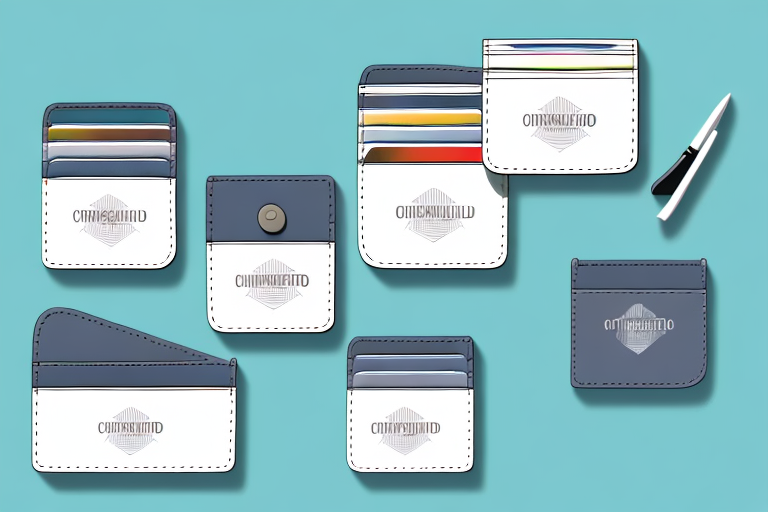
Popular Non-Custodial Wallets
There are many different non-custodial wallets available on the market, each with their own unique features and benefits. Some of the most popular non-custodial wallets include:
- MetaMask: MetaMask is a popular non-custodial wallet that allows users to store and manage Ethereum and ERC-20 tokens. It is available as a browser extension for Chrome, Firefox, and Brave browsers.
- MyEtherWallet: MyEtherWallet is another popular non-custodial wallet that allows users to store and manage Ethereum and ERC-20 tokens. It can be accessed through a web browser or via a mobile app.
- Blockchain.info: Blockchain.info is a non-custodial wallet that allows users to store and manage Bitcoin and Bitcoin Cash. It is available as a web wallet and also has a mobile app.
These are just a few examples of the many non-custodial wallets available on the market. When choosing a non-custodial wallet, it is important to do your research and choose a wallet that meets your specific needs and requirements.
Custodial Wallets
What is a Custodial Wallet?
A custodial wallet is a type of cryptocurrency wallet where a third-party service provider holds the private keys for the user. Essentially, this means that users are entrusting their digital currency to the service provider.
When it comes to custodial wallets, users must trust the service provider to keep their private keys secure and protect their holdings from hacking or theft. It’s important to note that while custodial wallets offer convenience, they also come with some inherent risks.
However, there are some advantages to using a custodial wallet. For one, they are often more accessible and easier to use than non-custodial wallets. Additionally, if a user loses their private key, they can usually recover their cryptocurrency holdings through the service provider.
Pros and Cons of Custodial Wallets
As previously mentioned, one of the main advantages of custodial wallets is their accessibility and ease of use. This makes them a popular choice for beginners who are just starting to explore the world of cryptocurrency. Another advantage of custodial wallets is that they are often insured, which means that users may be able to recover their funds in the event of a security breach.
However, there are also some drawbacks to using a custodial wallet. For one, users must trust the service provider to keep their private keys secure. This means that if the service provider is hacked or experiences a security breach, users’ funds could be at risk. Additionally, custodial wallets are not as private as non-custodial wallets, as the service provider has access to users’ private keys and transaction data.
Popular Custodial Wallets
There are many custodial wallets available on the market today, each with their own unique features and benefits. Here are a few of the most popular custodial wallets:
- Coinbase: Coinbase is one of the most well-known and widely used cryptocurrency exchanges in the world. In addition to offering a custodial wallet, Coinbase also allows users to buy and sell a variety of cryptocurrencies.
- Binance: Binance is a popular cryptocurrency exchange that offers a wide range of trading pairs and advanced trading features. Binance also offers a custodial wallet for users who prefer to store their funds with a third-party service provider.
- Kraken: Kraken is a US-based cryptocurrency exchange that offers a range of trading pairs and advanced trading features. Kraken also offers a custodial wallet for users who want to store their funds with a trusted third-party service provider.
It’s important to do your own research and choose a custodial wallet that meets your specific needs and preferences. Make sure to read reviews and compare features before making a decision.
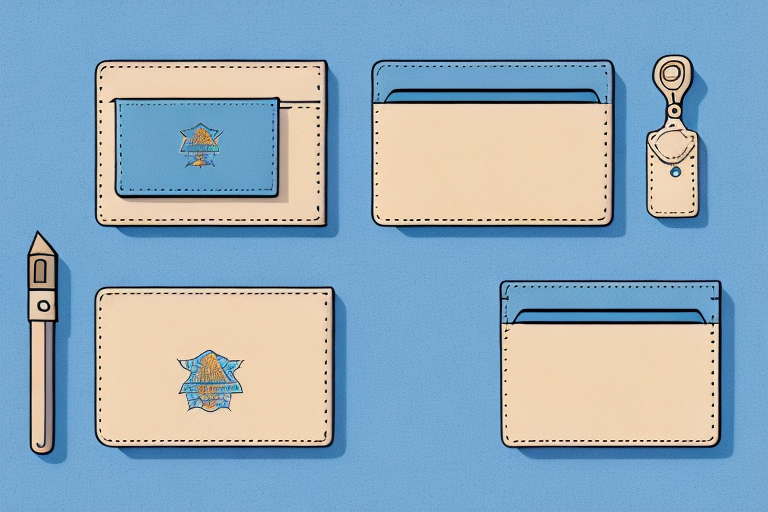
Key Differences Between Non-Custodial and Custodial Wallets
When it comes to cryptocurrency wallets, there are two main types: non-custodial and custodial. Both types of wallets have their own unique advantages and disadvantages. In this article, we will explore the key differences between non-custodial and custodial wallets.
Control Over Private Keys
The most significant difference between non-custodial and custodial wallets is the level of control users have over their private keys. Non-custodial wallets give users complete control over their private keys, which are essentially the passwords that allow users to access their cryptocurrency. This means that users are solely responsible for the security of their private keys.
On the other hand, custodial wallets require users to trust a third-party service provider to keep their private keys safe. This means that users do not have complete control over their private keys and must rely on the service provider to keep their cryptocurrency secure.
Security and Risks
While custodial wallets are generally easier to use, they also come with a greater risk of hacking and theft since users are entrusting their private keys to a third-party service provider. This means that if the service provider is hacked, users’ cryptocurrency could be at risk.
Non-custodial wallets can be more difficult to use, but they are considered to be more secure since users maintain full control over their private keys. This means that users are solely responsible for the security of their cryptocurrency and can take extra precautions to keep their private keys safe.
Accessibility and Convenience
Custodial wallets are often more accessible and user-friendly than non-custodial wallets. This is because custodial wallets are designed for users who may not have a high level of technical proficiency. Custodial wallets often have simple interfaces and are easy to navigate, making them a popular choice for beginners.
On the other hand, non-custodial wallets can be more difficult to use but offer greater control and security for more experienced users. Non-custodial wallets often have more advanced features and allow users to customize their security settings.
In conclusion, both non-custodial and custodial wallets have their own unique advantages and disadvantages. It is important for users to carefully consider their needs and preferences before choosing a wallet.
Conclusion
Choosing the right cryptocurrency wallet comes down to your personal preferences, level of technical proficiency, and overall security requirements. Whether you choose a non-custodial or custodial wallet, it’s essential to ensure that your private keys are secure and well-protected. By understanding the key differences between non-custodial and custodial wallets, you can make an informed decision that best fits your needs and helps protect your cryptocurrency holdings for years to come.

